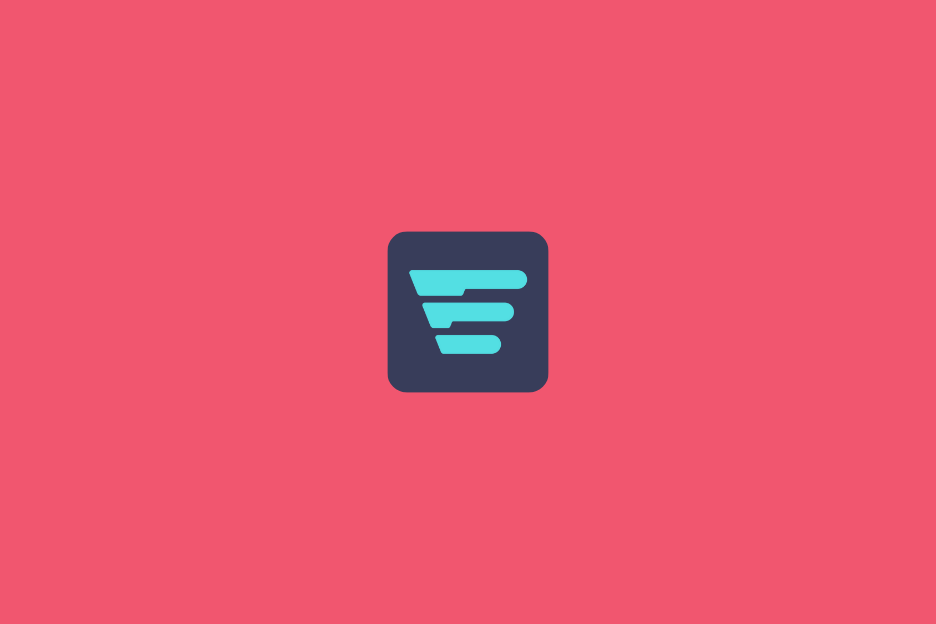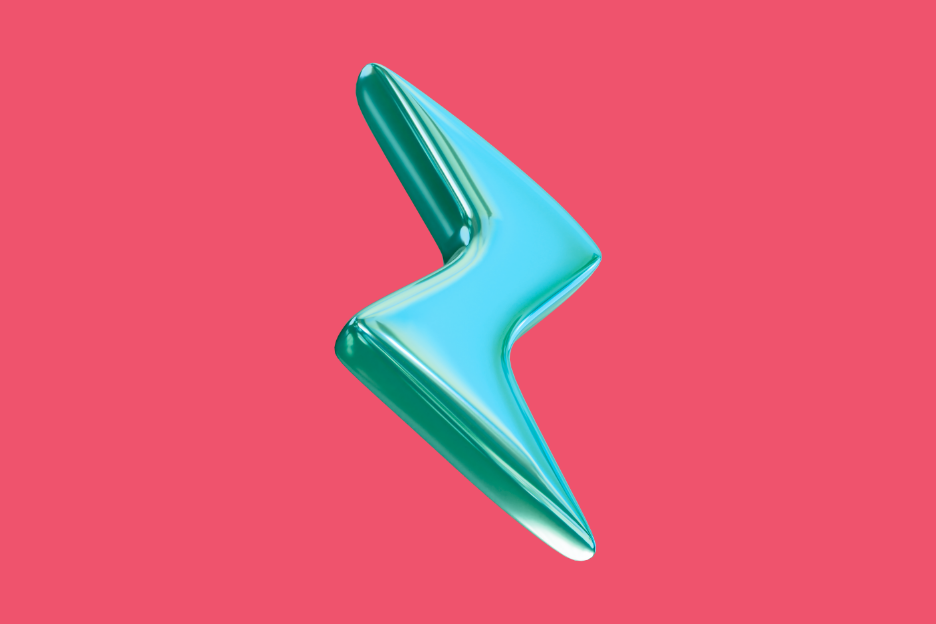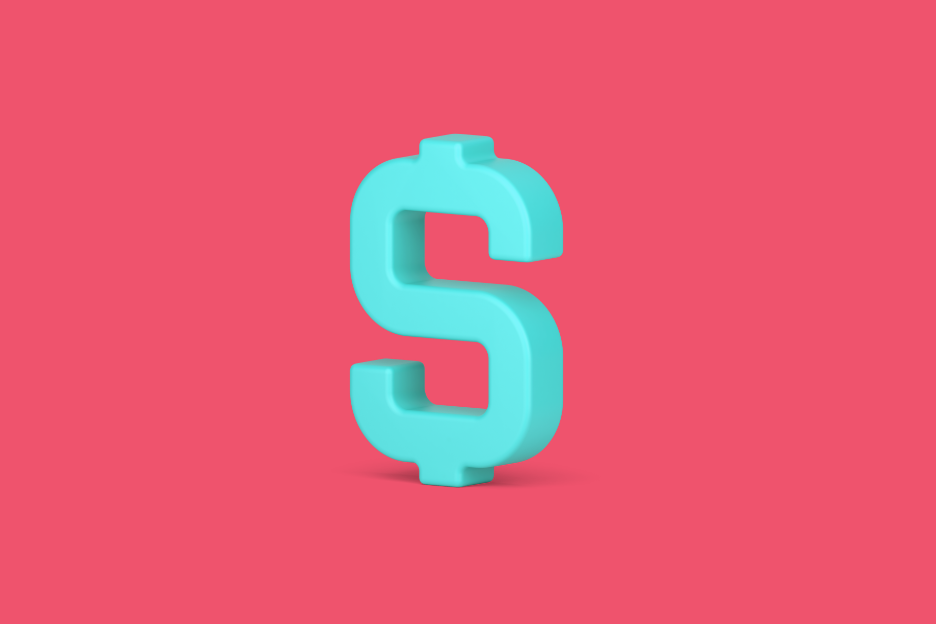The main purpose of your ecommerce site is to get people to buy from you.
Mind blown.
We know.
It’s not exactly rocket science, but this critical element can get lost when it comes to the design and functionality of online stores.
With so much emphasis on marketing and attracting interest to drive prospects down the sales funnel, the end-to-end process of sales conversions — once someone has landed on a site — can get neglected.
So what can you do to make sure they do buy when they get there?
Lessons from the real world
Successful shops on the high street know all about maximising store layout and what they need to do to appeal to the psychology of shoppers to drive conversions.
They recognise the importance of the customer journey once the customer has entered the store. Research suggests most people first look left but turn right when entering a retail space. Therefore, physical retailers design layouts and displays that will respond to this.
Larger stores will have a guided floor plan, to certain patterns of movement, for example.
The lesson here is that in order to get conversions, shops need to make it easy for the customer to buy from them, at every stage of the journey.
The ecommerce conversion process
Let’s assume that someone has learned about your product, through searching and browsing, and has landed on your site.
This is the intent stage of the customer journey. Once at this stage, the process from landing on the page to checkout and payment needs to be smooth, rapid and crystal-clear to the customer.
Your page content should align with your PPC ad or organic search content, so the customer feels they’ve come to the right place. The aesthetics need to be right too. Does the product look good the way you’ve displayed it?
As well as your persuasive sales copy, is the information about the product clear and easy to follow? It should tell the customer what they need to know to make their decision to purchase it.
What’s the functionality like for adding to a shopping cart? Can the customer filter their searches? They might decide they want to explore further, and seek a different model or variation of their original choice, or add more products.
Once they’ve clicked to buy, they might want to save their shopping cart for later. This is a crucial point in their journey. They haven’t abandoned their purchase, but nor have they totally committed to it either. Make sure they can save their purchase, but also that you have an efficient system for following up.
Shipping matters. If it looks too complex, slow or expensive, you risk losing customers. It needs to reassure, and you should have a system that keeps customers in the loop once they’ve ordered. Poor shipping experience is a customer turn-off.
How easy is it for anyone to buy from you? If they need to register to buy, this may put off that final step to making a purchase. This is why having a guest checkout function can be so critical to conversion success.
Payment options are important too. Apps such as PayPal can make that final click to buy that much smoother and easier.
The agency perspective
Don’t just take it from us.
Here’s Paula Donnelly, Sales & Marketing Director at Newcastle agency Layers, with her take:
“Design plays a huge part in the journey your customers go on once they land on your site and ultimately, dictates how high (or low) your conversion rates will be.
When designing a website, the approach we take is always with the end-user in mind, ensuring the site will function as they expect and making the experience as frictionLESS as possible.
As a rule of thumb, your navbar should have 5 options +/- 2. Analysis paralysis is a very real thing so in this instance more is definitely not more.
Giving your potential customers too many options can make decision making extremely difficult and often lead to no action at all. So put your big rocks in plain sight, have a clear call to action, and keep it simple. Simple!”
Where does the conversion process end?
Rapid conversion is a great thing for increasing sales and productivity, but do you really only want one-off customers?
Your online store should have excellent CRM capability built into it. This enables a level of aftercare for your customers, which will encourage them to come back to you and build brand loyalty.
The same applies to encouraging online reviews for your site.
Behind the scenes
The customer’s front of house experience will only drive conversions if what happens behind the scenes is ensuring that everything runs seamlessly.
This includes other crucial factors like site speed, navigation and overall functionality.
Imagine, again, a physical high street store. It has an enticing window display and it has some excellent offers clearly on show. But once you get in, the layout’s cluttered, and when you do find what you want, the queue for the checkout is long and slow-moving.
How likely are you to come back? Or will you even wait around long enough to buy the product you’ve chosen?
Aero for online retail success
The Aero ecommerce platform is built to ensure the customer finds it easy to buy from you. The emphasis is on lean functionality as the cornerstone of conversion-driven shopping experiences.
For more useful ecommerce information, please follow us on LinkedIn.


